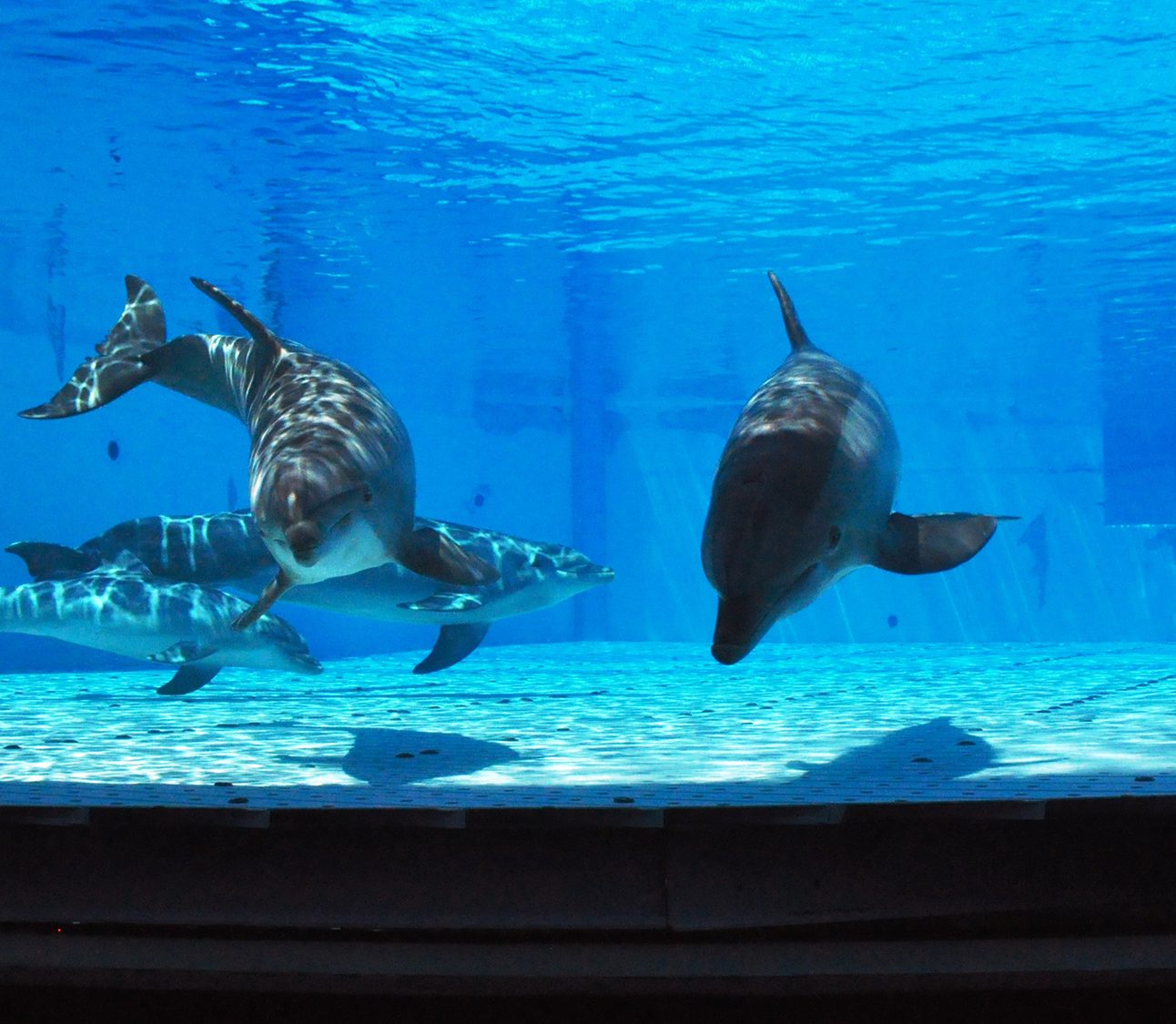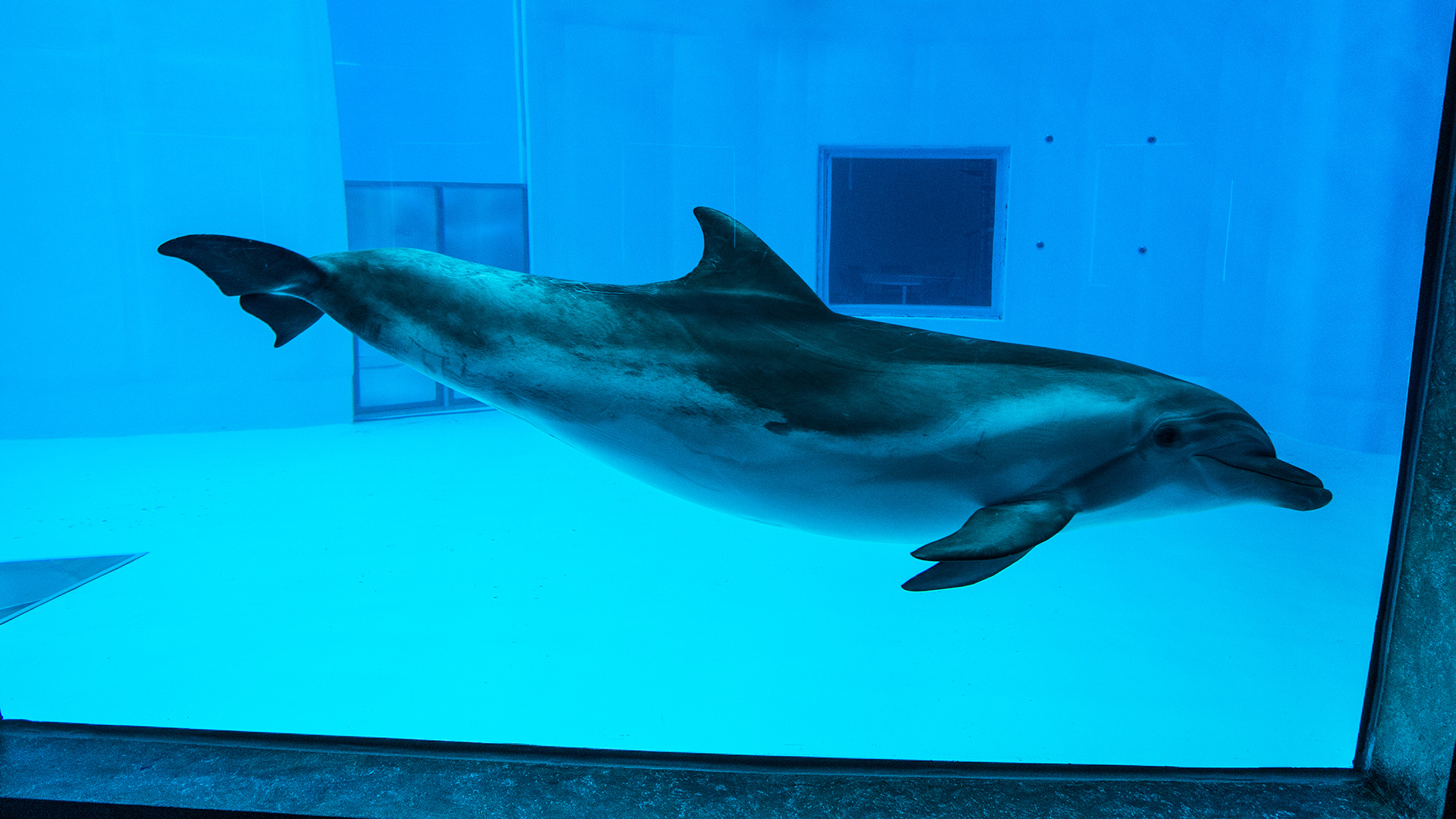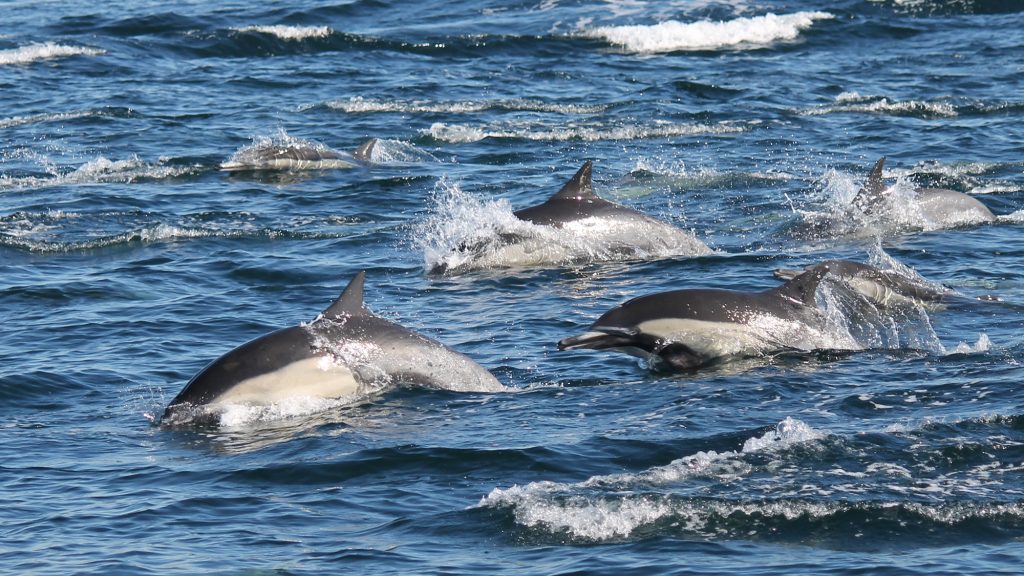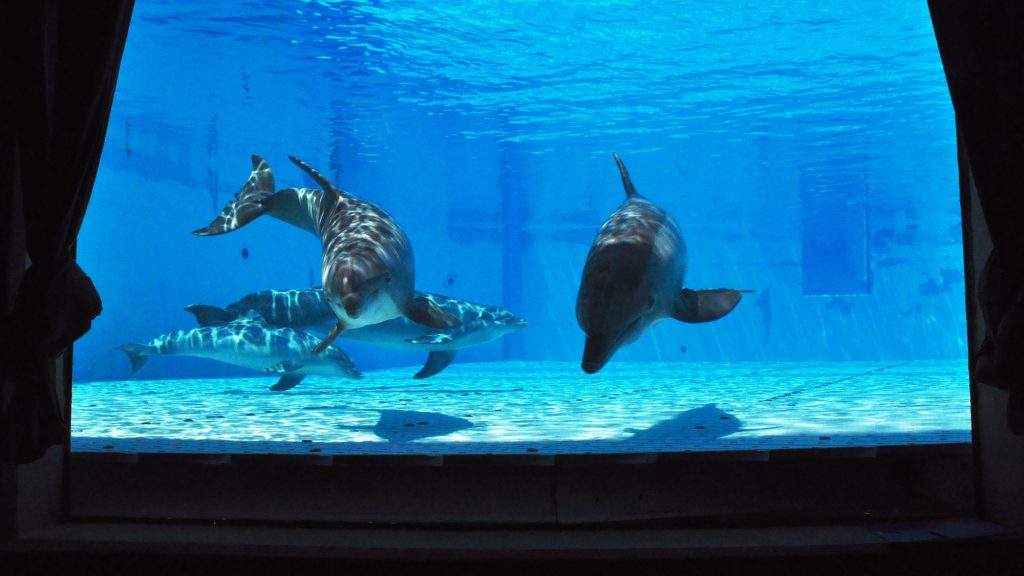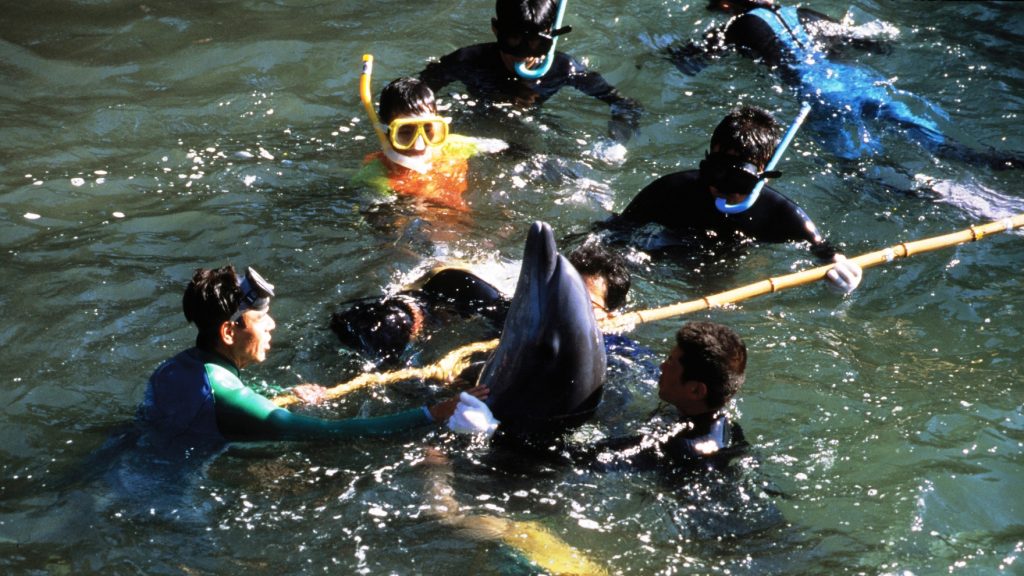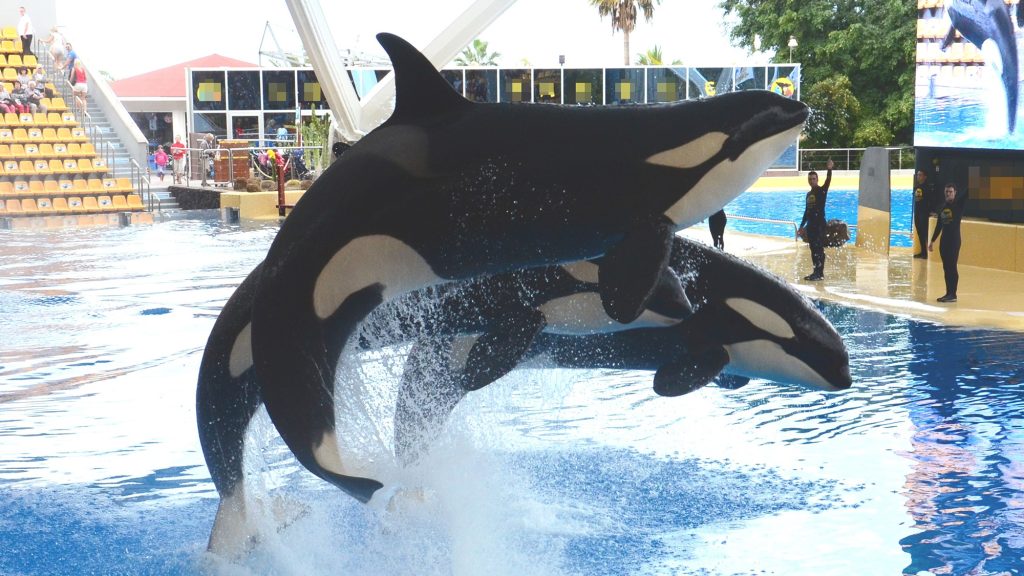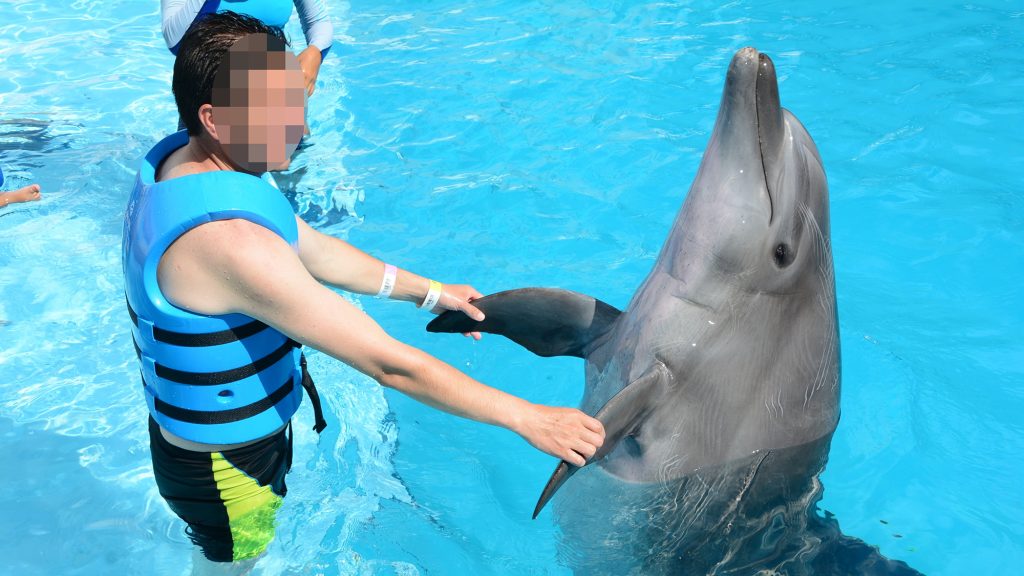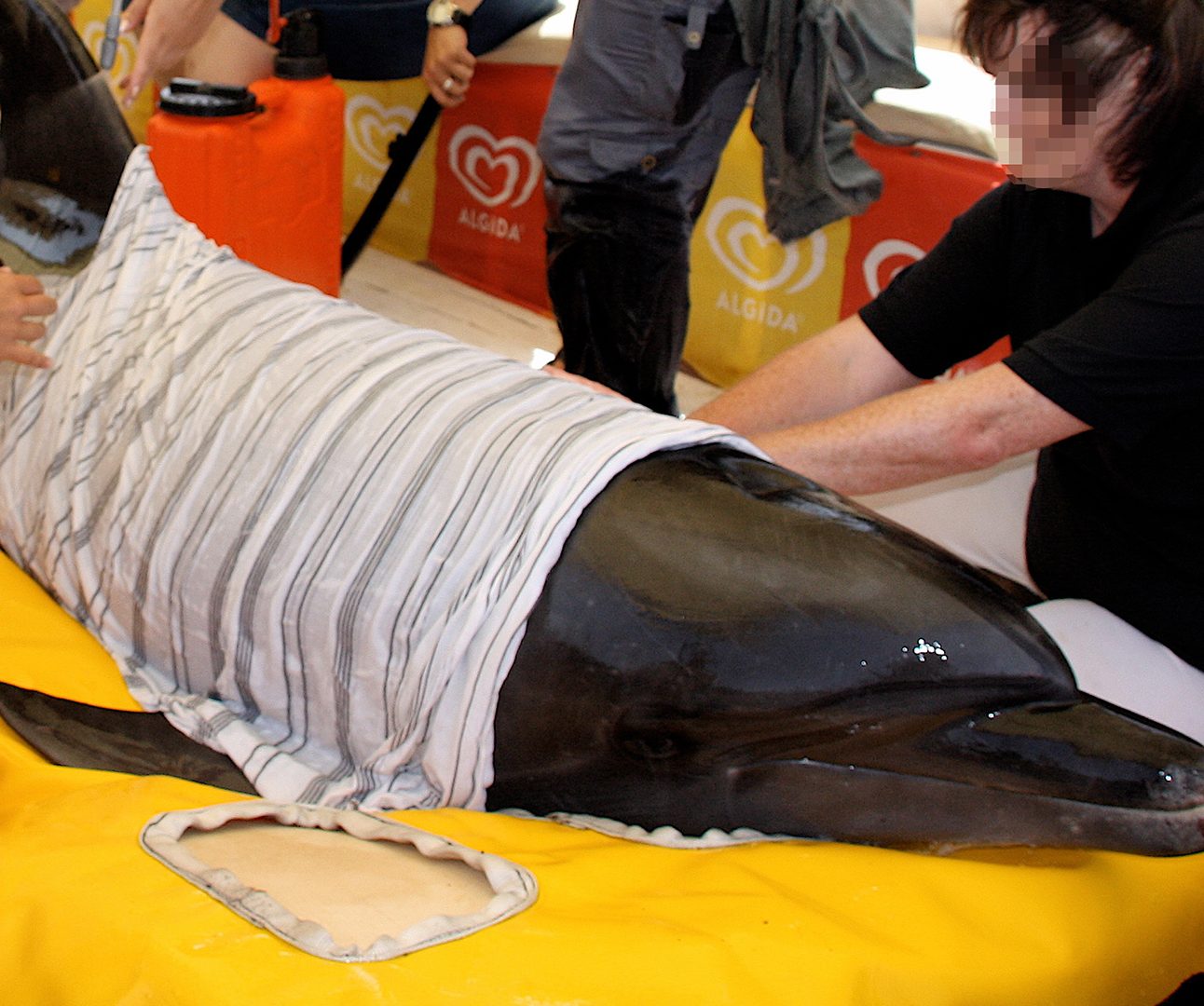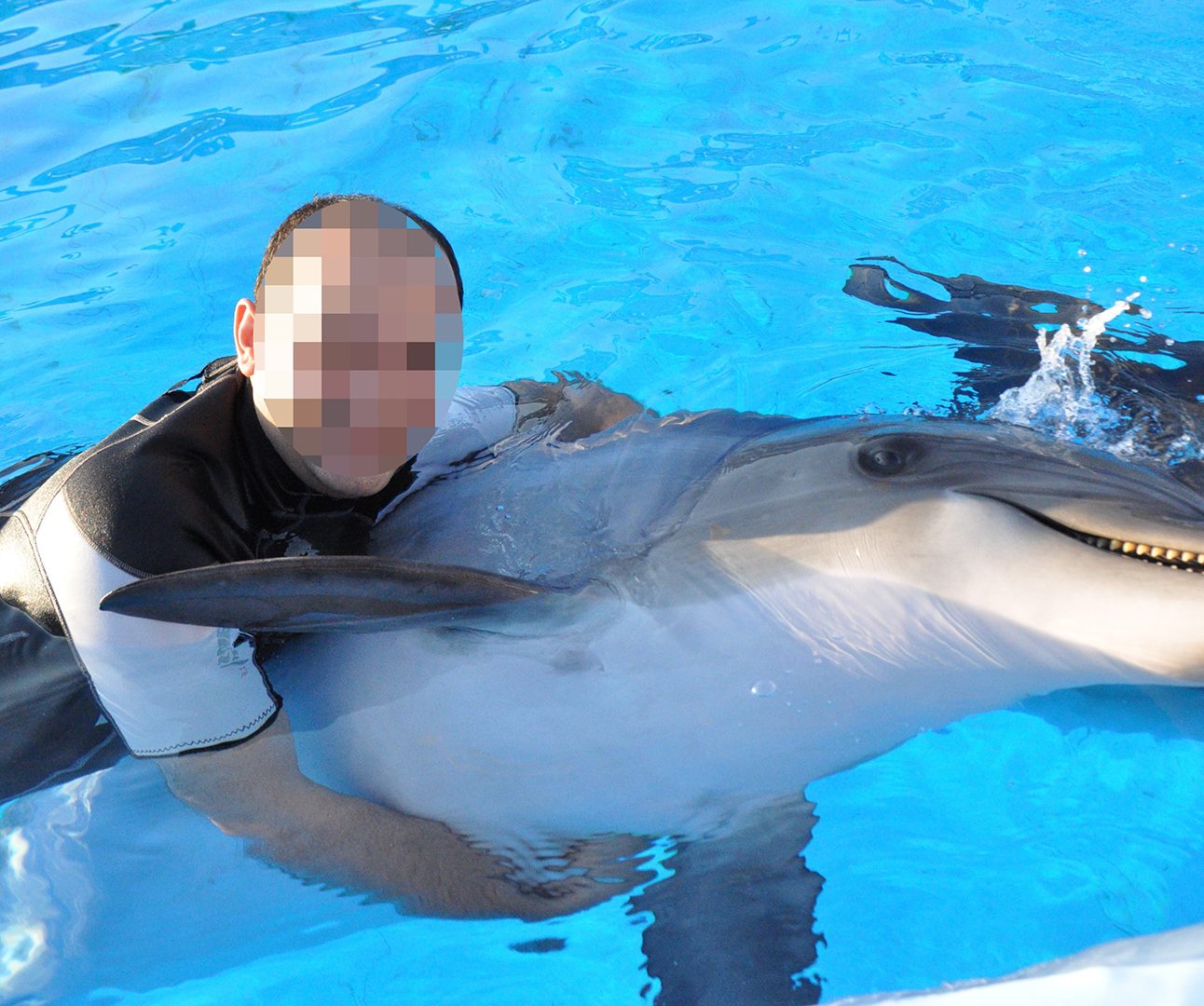How Born Free is helping dolphins and whales in captivity
Born Free campaigns for changes to national and international legislation to bring the exploitation of cetaceans in captivity to an end, whilst calling for higher standards of care and animal welfare in the short term. As a priority, Born Free calls for the end to wild capture and breeding of cetaceans in captivity, and an end to the training of cetaceans to perform unnatural behaviour and interacting with humans in swim-with and petting activities.
In 1987, Born Free and Whale and Dolphin Conservation published a joint report on UK dolphinaria, exposing the poor conditions in which many of Britain’s dolphins were kept. This report gave weight to Born Free’s campaign Into the Blue in 1991, which saw the closure of the last UK dolphinaria and the rescue and release of the country’s last captive dolphins back to the wild. Since then, no dolphinaria have been constructed in the UK and the country has remained captive cetacean free.
In 2011, Born Free and Whale and Dolphin Conservation published the results of investigations into the status and performance of 18 dolphinaria across the EU. It revealed that dolphinaria were generally failing to meet the requirements of EU legislation, which aims to protect whales and dolphins in captivity.
Born Free is a founding member of the Dolphinaria-Free Europe coalition, established in 2014, representing a global community of NGOs and professionals working together on behalf of cetaceans throughout Europe. Born Free works to raise awareness of poor conditions and encourage an informed public to consider directing their support away from keeping cetaceans in captivity. We are proud to have rescued individual captive cetaceans, rehabilitating them and safely returning them to the wild, and we support the development of high-quality sanctuaries to provide improved lifetime care for cetaceans currently in captivity who cannot be released to the wild.
What you can do to help
The first and most important action you can take is never visiting an attraction or venue with captive dolphins, whales or porpoises – we need to send a message to the tourism and entertainment industry that we will not financially support any businesses exploiting cetaceans in captivity, and that the future is ‘Tank Free’.
TANK FREE: FIND OUT MORE
You can also help raise awareness of the plight of cetaceans in captivity by signing our pledge not to take ‘Selfish Selfies’ – photos that use captive wild animals such as dolphins and whales as photo props.
SIGN THE SELFISH SELFIES PLEDGE
